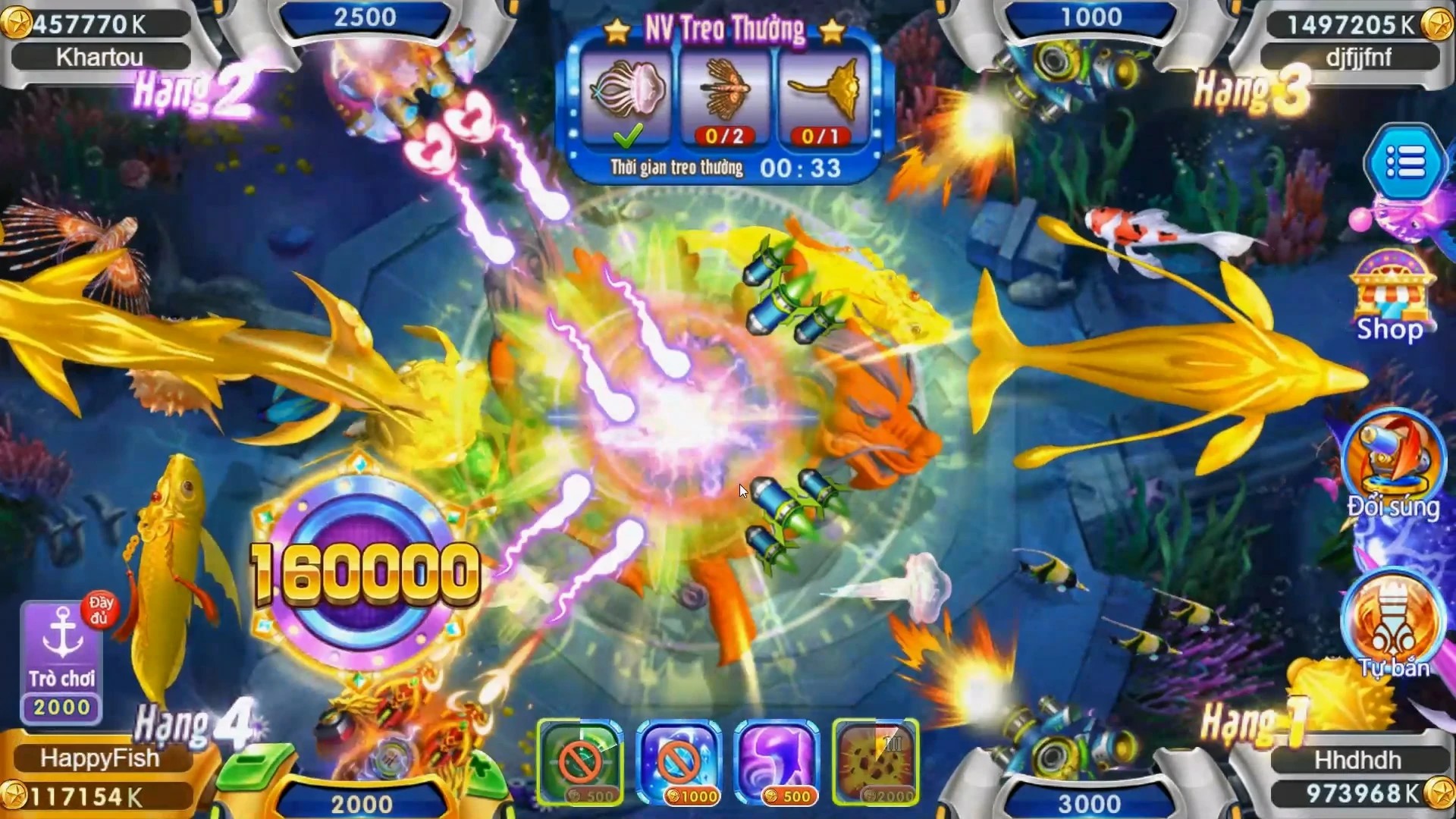Why Indie Simulation Games Are Changing the Landscape of the Gaming Industry
In recent years, the gaming industry has seen a profound transformation, spearheaded by the rise of indie simulation games. These titles are not just chasing trends; they're forging paths that challenge traditional expectations. But what exactly is driving the popularity of indie simulation games? And how are they reshaping an industry once dominated by AAA titles? Let’s unravel these intricate threads.
The Emergence of Indie Simulation Games
From the cozy farming universe of Stardew Valley to the thought-provoking narrative of Firewatch, indie simulation games have carved out a unique niche. They often emerge from small teams or even solo developers who prioritize creative expression over shareholder interests. This artistic freedom contributes to gameplay experiences that are often richer and more engaging.
Breaking Away From the Norm
Indie developers tend to explore themes and mechanics often overlooked by larger studios. For instance, titles like Oxygen Not Included challenge players to manage resources in a space colony, blending humor and scientific principles seamlessly. Unlike big-budget productions heavily reliant on marketing, these games cultivate a dedicated player base through word-of-mouth and organic reach.
How Simulation Games Foster Creativity
Simulation games, in their essence, thrive on creativity. They empower players to construct, manage, and interact with virtual worlds. Games like Planet Coaster allow users to create amusement parks from the ground up, highlighting the freedom of expression and creativity that simulation can offer.
- Emphasis on player agency
- Encouragement of experimentation
- Tools for world-building and storytelling
The Clash of Styles: Indie vs. AAA
One might ask, "What sets indie simulation games apart from their AAA counterparts?" The answer lies in the very structure of their development. Typically developed on smaller budgets, indie games often prioritize innovative gameplay mechanics and story depth over cutting-edge graphics.
| Feature | Indie Simulation Games | AAA Simulation Games |
|---|---|---|
| Budget | Low | High |
| Development Team | Small Teams | Large Studios |
| Gameplay Focus | Innovation and Creativity | Graphics and Realism |
Fueling Growth Through Community Engagement
The indie simulation games community thrives on engagement. Developers often solicit feedback directly from players, leading to a more iterative development process. This real-time communication fosters a sense of belonging among players who feel their feedback genuinely shapes the game.
Identifying Trends: What Players Want
As developers listen and adapt, they’ve started to identify key trends within the gaming community. For instance, the desire for more social interaction in simulation games is growing. Players want to connect and collaborate, leading to games incorporating multi-player features actively.
- Emphasis on cooperative gameplay
- Shared economies in simulation settings
- Cross-platform functionality
Strategic Approaches to Marketing
While AAA games lean heavily on advertisements and extensive marketing campaigns, indie titles often capitalize on social media, streaming platforms, and community outreach. Engaging content on platforms like Twitch and YouTube can turn a simple game launch into a viral sensation.
The Importance of Accessibility
Accessibility is another area where indie games excel. Often developed with a diverse player base in mind, the industry is moving toward making simulation games available to a broader audience, including those with disabilities.
Mobile Gaming Revolution and the Rise of Indie Simulation
You may be surprised to learn how the mobile gaming revolution is helping indie simulation games thrive. With platforms like iOS and Android lowering barriers to entry, more indie developers are creating games for mobile. Features like mod APKs have also become highly popular, facilitating easy game downloads such as download game last empire war z strategy mod apk.
Engagement in a Global Market
With platforms like Steam, indie simulation games are gaining international attention. Players from Lithuania are now as likely to play a small indie title as they are to engage with mainstream offerings. This global reach encourages developers to create games that appeal to diverse cultural perspectives.
The Future of Indie Simulation Games
As we move forward, it’s clear that indie simulation games will continue to disrupt traditional market dynamics. They represent a movement toward innovation, creativity, and player engagement that the gaming industry desperately needs. As we witness further developments, it’s essential to question: how will the evolution of these games influence player expectations and industry standards?
Conclusion: A New Era in Gaming
In conclusion, indie simulation games are not simply a trend; they signify a new era within the gaming industry. By prioritizing creativity, community, and accessibility, these games have cultivated a loyal following and reshaped what it means to be a player. The industry must embrace this change or risk being left behind in a rapidly evolving landscape.



